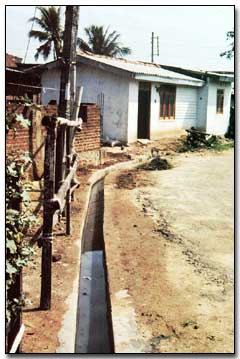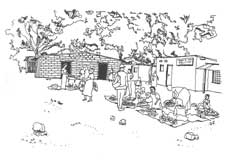|
|||||||||||||||||||
|
|||||||||||||||||||
|
|
|||||||||||||||||||
|

Colombo, Sri Lanka |
||||||||||||||||||
| A continuing difficulty in programs is lesson drawing and incorporating lessons into practice. Evaluations have several handicaps: they are often perceived as threatening to staff, some argue that lessons learned are not generally valid for other projects since cases are always different and times have changed, who pays since funding from outside sources often terminates with completion of project components, and who is sufficiently objective for the evaluation. Time to doMonitoring occurs during implementation and guides and adjusts the ongoing efforts. Evaluation has several phases: the initial evaluation to determine completion of what was proposed, and subsequently impact assessments to determine broader benefits. The latter is carried out several years after completion, the former immediately upon completion. Who does itSeveral options are available: it is difficult for project implementation units to be objective but often they undertake evaluations. More recently, communities themselves are carrying out evaluations. Funding agencies also carry out evaluations but too often are only for internal use. Academic research has provided useful evaluations and reflection, but is not systematic. |
|||||||||||||||||||
|
|
|||||||||||||||||||
Phase IV: Capturing Experience
|
|||||||||||||||||||
|
|
|
||||||||||||||||||
|
|||||||||||||||||||

